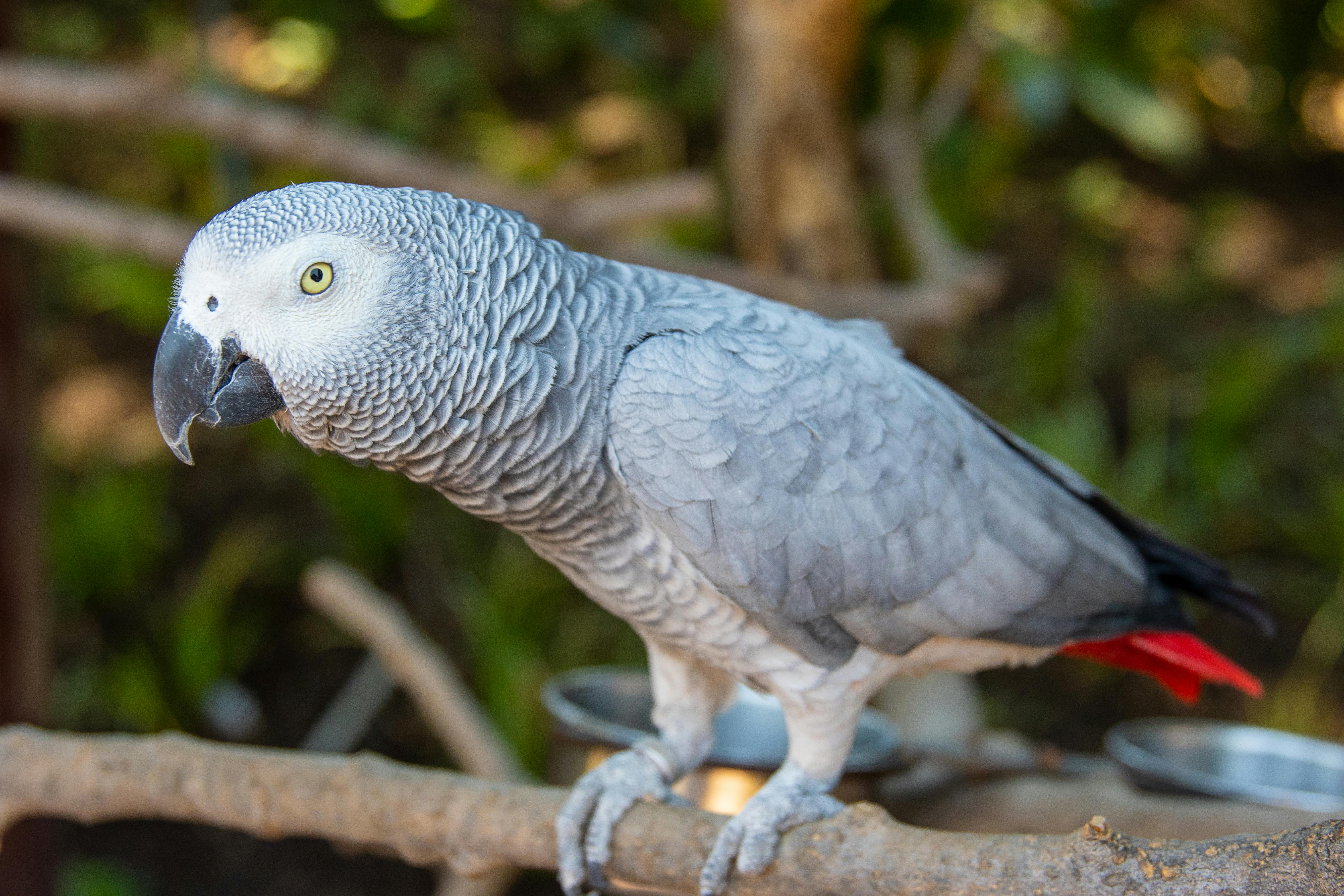Smart Guide to Choosing the Best Guinea Pig Cage for Your Pets in 2025


Understanding Guinea Pig Cage Size Requirements
Choosing the right guinea pig cage is crucial for ensuring your pet's health and happiness. Guinea pigs need ample space to exercise, explore, and relax. As a general rule, a single guinea pig requires at least 7.5 square feet of living area, while pairs should have at least 10.5 square feet. Not only does the guinea pig habitat size matter, but its dimensions must also allow for comfortable movement. It's worth considering multi-level cages that effectively utilize vertical space and provide additional exploration opportunities. Accessing a comfortable and spacious guinea pig cage setup can greatly influence their wellbeing.
Guide to Guinea Pig Cage Dimensions
When evaluating a cage, remember to look beyond just the floor space. The guinea pig cage dimensions should ideally provide different levels or platforms for your pets to encourage exercise and play. A multi-level guinea pig cage can be particularly beneficial, enabling them to climb and occupy varied heights, which can keep them engaged and active. Good options often include spacious designs that allow you to set up monthly rotations for bedding, enrichment items, and even exercise wheels, promoting optimal health.
Choosing Between Indoor and Outdoor Guinea Pig Cages
Deciding between an indoor guinea pig cage or an outdoor guinea pig cage depends on various factors, including climate and available space. Indoor cages generally provide controlled environments that mitigate exposure to extreme weather, while outdoor options can give your pets a refreshing change of scenery and natural sunlight. It's significant always to ensure suitable ventilation and protection from the elements. Finding a robust design that meets safety standards is critical regardless of the option you choose.
Evaluating Space Requirements for Multiple Guinea Pigs
If you're considering adopting more than one guinea pig, it's essential to factor in their need for companionship. Ideally, a larger spacious guinea pig cage or multiple enclosures should facilitate their social behaviors. Research underscores that guinea pigs thrive in pairs or groups; thus, sharing their space can enhance their happiness and reduce stress levels. Ensure that their shared guinea pig enclosure has the appropriate accessories and room to play, sleep, and forage without overcrowding.
Essential Accessories for Your Guinea Pig Cage
In addition to finding the perfect guinea pig home, sourcing essential guinea pig cage accessories is crucial for the comfort and health of your pet. Items like water bottles, chew toys, and bedding materials significantly impact their living conditions. You should invest in quality products that not only meet their needs but also enhance their play experiences. Proper accessories will influence their socialization, behavior, and overall mood, allowing your guinea pig to live a happy and interactive life.
Must-Have Guinea Pig Cage Essentials
Among the highest priorities for guinea pig care is selecting the #1 bedding material. Comfortable bedding can help regulate temperature and enhance sleep quality. Opt for high-quality, dust-free bedding—such as paper or aspen shavings—to minimize potential respiratory issues. You should also consider setting up chew toys, which are essential for promoting dental health and providing pleasurable activities. Additionally, proper water bottles or utensils for feeding are vital supplies that should complement their living arrangements. Creating a routine for use will help guinea pigs come to expect and enjoy their supplementary supplies.
Creating a Play Area within Your Cage
Establishing a playful environment within a guinea pig cage can be rewarding for both you and your pet. When arranging their activities, integrating tunnels, ramps, and furniture they can hide in will substantially engage them and enable exploration behavior that ensures appropriate exercise. DIY guinea pig cage ideas can be tailored to your space while including miniature mazes or climbing setups for stimulating activity. Frequent rotation of toys or accessories helps keep their living environment fresh and exciting.
Guinea Pig Cage Cleaning Guidelines
Regular maintenance is vital for guinea pig hygiene, ensuring a clean environment that fosters health and happiness. Cleaning a guinea pig cage should be a routine task—ideally conducted weekly, although assessing the frequency based on the number of guinea pigs is wise. Follow a structured cleaning schedule that includes replacing bedding, cleaning surfaces, and drying all wet areas. Implement practical tips such as using non-toxic cleaning agents and always rinsing thoroughly to ensure that no residues remain.
Best Practices for Guinea Pig Cage Safety
Ensuring your guinea pig's environment is safe is imperative to fostering a secure habitat. There are a couple of safety considerations to keep in mind when setting up their living space within their chosen guinea pig habitat. Whether you're purchasing a new cage or enhancing an existing one, keeping your pet away from potential hazards plays a vital role in their overall welfare. Potential risks include escape loopholes, toxic materials, and harmful decorations. It’s essential to familiarize yourself with the specific standards for cages, especially when purchasing online.
Guinea Pig Cage Safety Tips
Check for hazardous edges, improper ventilation, or small gaps that a curious guinea pig could slip through. A sturdy guinea pig cage with panels designed explicitly for their strength is advisable. Familiarizing yourself with guidelines regarding guinea pig cage safety is crucial; e.g., opt for stores that emphasize safety and animal well-being. You should also integrate elements that reduce chances of stress, such as hiding areas and not overcrowding—they can significantly reduce behavioral issues linked to anxiety and stress.
Building a Safe Play Area Around Their Cage
While designing a secure home for your guinea pig, take some time to consider creating a safe play area around their cage. Ensure that the perimeter is clear of items which could be detrimental to them. Avoid any electrical wires or toxic plants as part of an outside play area. Use tunnels, soft surfaces, or exercise wheels—ensuring items used are pet-safe. All semi-permanent or portable elements integrated into this play space should account for monitoring your pet's behavior while encouraging enjoyable and safe playtime.
Choosing Cage Materials Wisely
Materials make a significant difference when selecting a dependable enclosure for your pet. Opt for structures that are easy to assemble and clean; proper finishing can avoid accidents and incidents. Avoid PCV or treated metals that can have adverse long-term health consequences. Evaluating the different materials used for cages can lead to better health outcomes for your pets while choosing exclusive options with open ventilation can also foster healthier living conditions, reducing risk factors altogether.
Key Takeaways
- Choose a spacious and appropriately sized guinea pig cage to enhance wellbeing.
- Invest in necessary accessories to improve habitat, interaction, and hygiene.
- Mainstream grandma tips to ensure safety throughout their living area
- Routine cleaning and maintenance help keep habitats safe and healthy.
- Consider multiple guinea pigs’ needs for companionship and enrichment.
FAQ
1. What is the best material for a guinea pig cage?
The ideal materials for a guinea pig cage are non-toxic woods, plastic with cleanable surfaces, and durable metals that provide structural integrity. Avoid any treated or painted items that could contain harmful chemicals.
2. How often should I clean my guinea pig cage?
It’s best to clean your guinea pig cage at least once a week, although more frequent cleanings may be necessary if you have multiple guinea pigs or if they produce more waste. Keep them in a healthy and hygienic environment.
3. How do I ensure my guinea pig cage is safe?
To guarantee a safe guinea pig habitat, check for sharp edges, ensure proper ventilation, and avoid any choking hazards. Using caging designed for small animals will assist in maintaining safety standards.
4. Can guinea pigs live together in the same cage?
Yes, guinea pigs are social creatures and thrive when housed with companions. Adequate guinea pig cage size for multiple animals is critical; ensure they have enough space, hiding spots, and play areas.
5. Are multi-level guinea pig cages beneficial?
Multi-level guinea pig cages can provide added space and enrichment, promoting healthy exercise through climbing. They stimulate natural behaviors and help keep guinea pigs active and engaged within their home.
